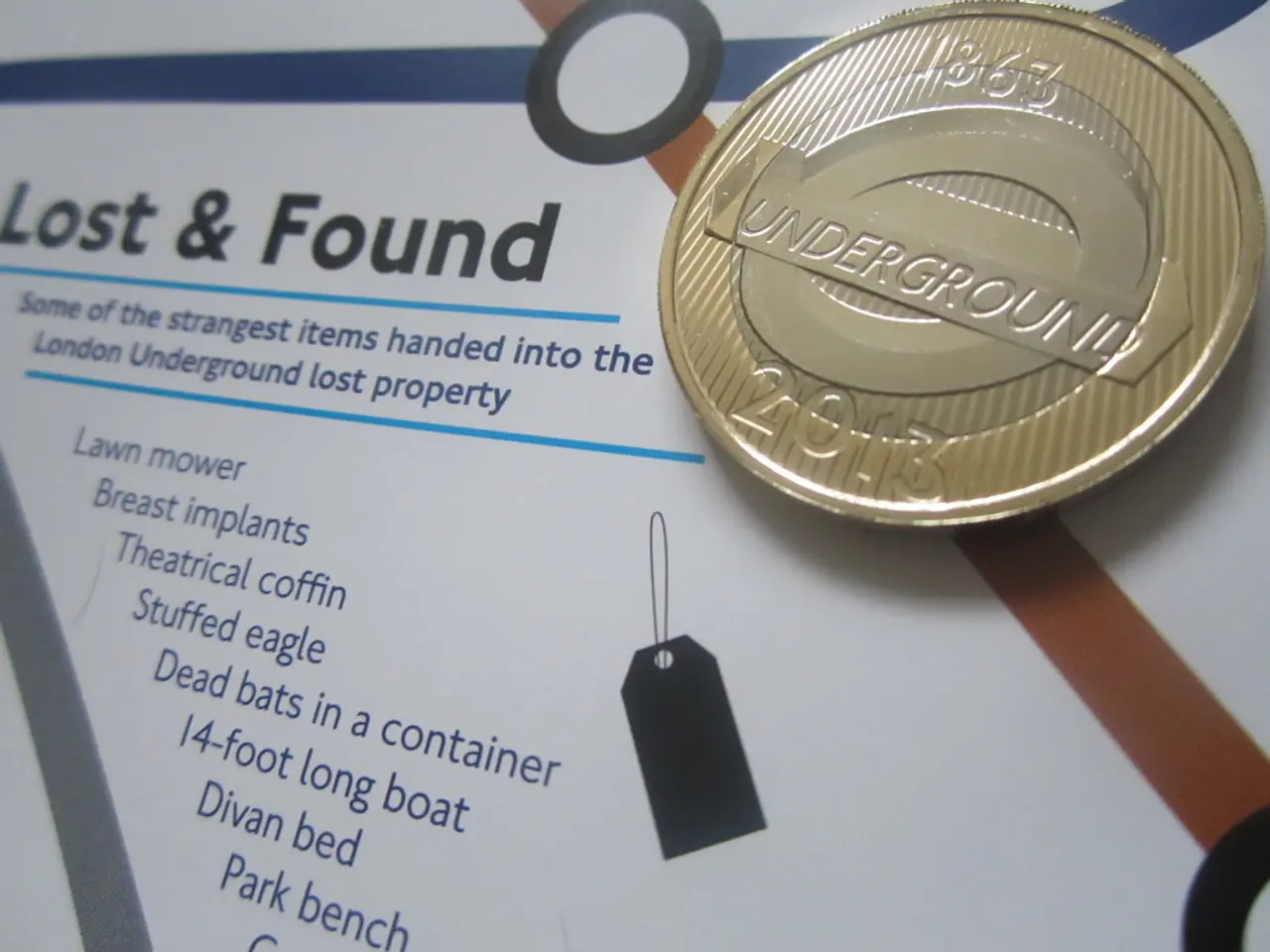Transforming Vocal Tracks into Vinyl: The Groove-Creating Process
The history of the vinyl record dates back to 1887 when Emile Berliner patented the Gramophone, a record player that used flat, easily stored and transported discs instead of the cylinders used in earlier devices [1]. This marked a significant step forward in the world of audio, making it easier to enjoy music on the go.
The vinyl record itself was introduced by Columbia Records in 1948, although the basic idea is much older [2]. The process of recording sound onto vinyl discs began with the Phonograph, an invention by Thomas Edison in 1878. Edison's Phonograph used a stylus to cut grooves into tinfoil and replay sound [7].
In the early days, the music was picked up by a horn in the recording process. The sound waves caused a diaphragm to vibrate, which was then mechanically transferred to the stylus [8]. As the disc spun, the stylus cut a continuous groove whose physical undulations mirrored the sound waves’ amplitude and frequency [1][3][4].
The vibrating pattern that the stylus follows is replicated by the machine that etches it into the vinyl surface. The right-channel signal is carried by the side closest to the outside edge of the record, while the left-channel audio information is on the other side [4]. The master disc used in vinyl record production is made from lacquer-coated aluminium or copper [3].
The cutting engineers monitor the sound levels and movement of the cutting stylus to ensure the groove is free of imperfections [5]. Each side of the groove carries the bumps that represent the right- and left-channel audio information. The groove variations encode the analog waveform, allowing sound to be played back by tracing the groove with a stylus that vibrates and transmits those vibrations back into sound [1][3][4].
In the mid-1920s, the invention of the electric microphone expanded the frequency range for recording [9]. This improvement, along with the introduction of microphones and electrical amplification, allowed finer, more accurate groove patterns to be cut onto vinyl discs [1].
Fast forward to 2017, a documentary called The American Epic Sessions was made, replicating the recording process with the very first electrical sound system from 1925 [6]. The process remains fascinating, with its mechanical, purely acoustic method that does not rely on electricity or microphones.
Despite the rise of digital alternatives, vinyl records continue to be popular. Their organic presentation, tactile nature, and beautiful sleeve artwork contribute to their enduring appeal [10]. A record's groove is around 500 meters long and 0.04-0.08mm thick, depending on the level of the signal [4]. A phono stage is essential to amplify the signal from a record player, boosting bass frequencies in particular [8].
In conclusion, the vinyl record's journey from the Phonograph to modern-day audio systems is a testament to human ingenuity and the enduring love for music. From tinfoil cylinders to lacquer-coated aluminium discs, the evolution of the vinyl record has been a fascinating journey, and it continues to captivate audiophiles worldwide.
References: 1. https://www.britannica.com/technology/phonograph 2. https://www.britannica.com/technology/vinyl-record 3. https://www.vintagevinyl.co.uk/history-of-vinyl-records/ 4. https://www.scientificamerican.com/article/the-vinyl-record-an-analog-masterpiece/ 5. https://www.vintagevinyl.co.uk/the-vinyl-mastering-process/ 6. https://www.pbs.org/wnet/americanepic/about/ 7. https://www.britannica.com/technology/phonautograph 8. https://www.whatisaphonostage.com/what-is-a-phono-stage/ 9. https://www.britannica.com/science/microphone 10. https://www.vintagevinyl.co.uk/why-vinyl-records-still-sound-better/
- The amplifier boosts the signal from a record player, providing an essential part of the sound system for vinyl records.
- A hi-fi system, complete with speaker setup, turntable, and audio equipment, is favored by many for its organic sound and tactile nature.
- The news about the latest brands of turntables, speakers, and audio components often generates excitement among lifestyle enthusiasts and tech-savvy individuals.
- Before purchasing a new vinyl record, check the reviews and previews to ensure the deal you're getting is worthwhile for your enjoyment of music.
- The entertainment value of music on vinyl records is undeniable, with its rich sound quality and physical format providing a unique listening experience.
- The process of replicating the original electrical sound system from 1925, as seen in the documentary The American Epic Sessions, offers a captivating preview into the history of music technology.
- The evolution of the vinyl record, from its inception in the Phonograph to modern-day audio systems, showcases the enduring legacy of technology and lifestyle in the world of music.




